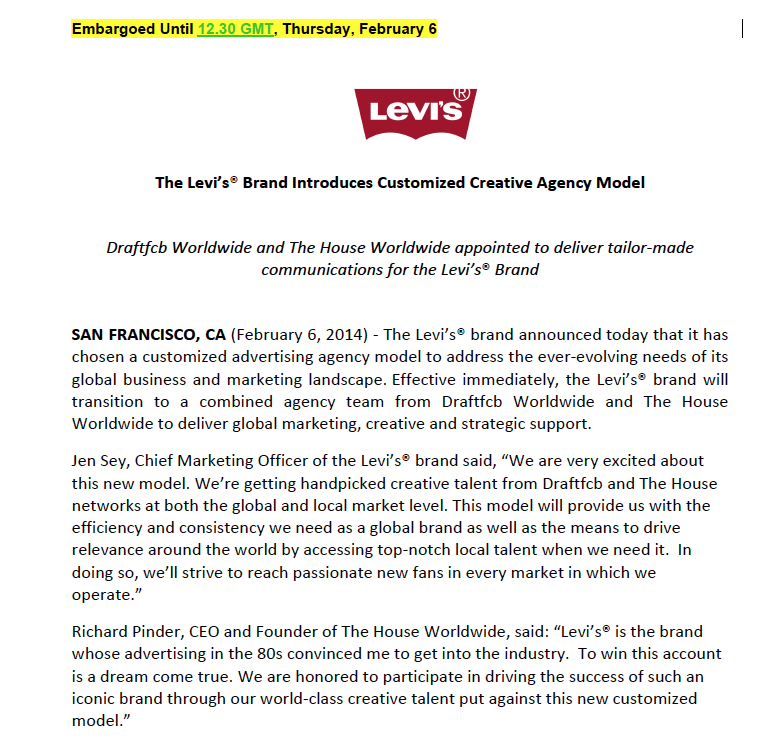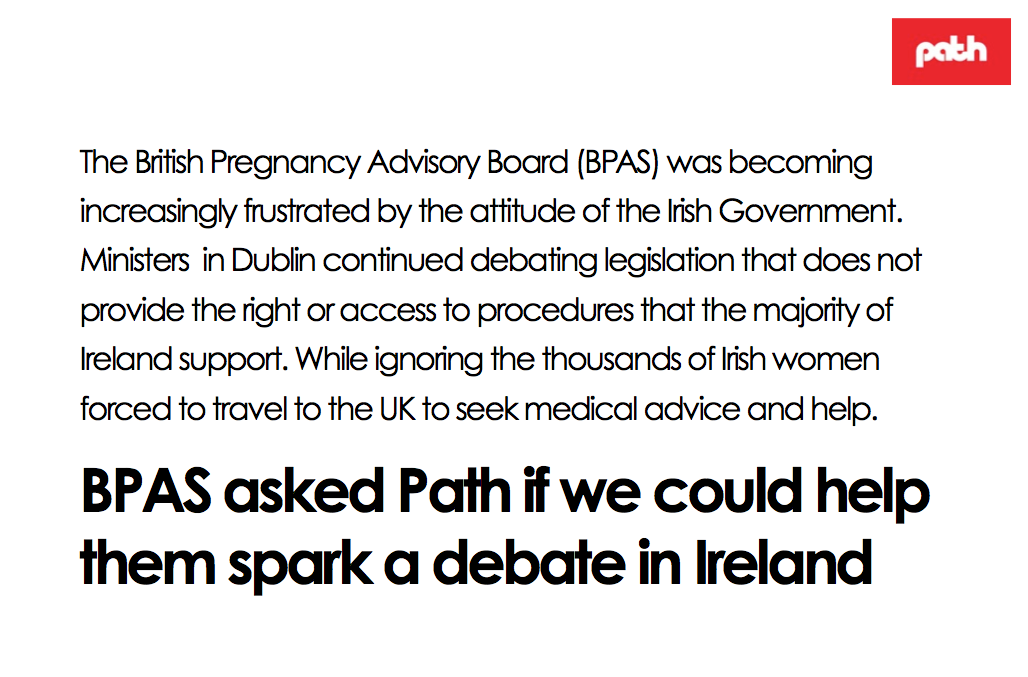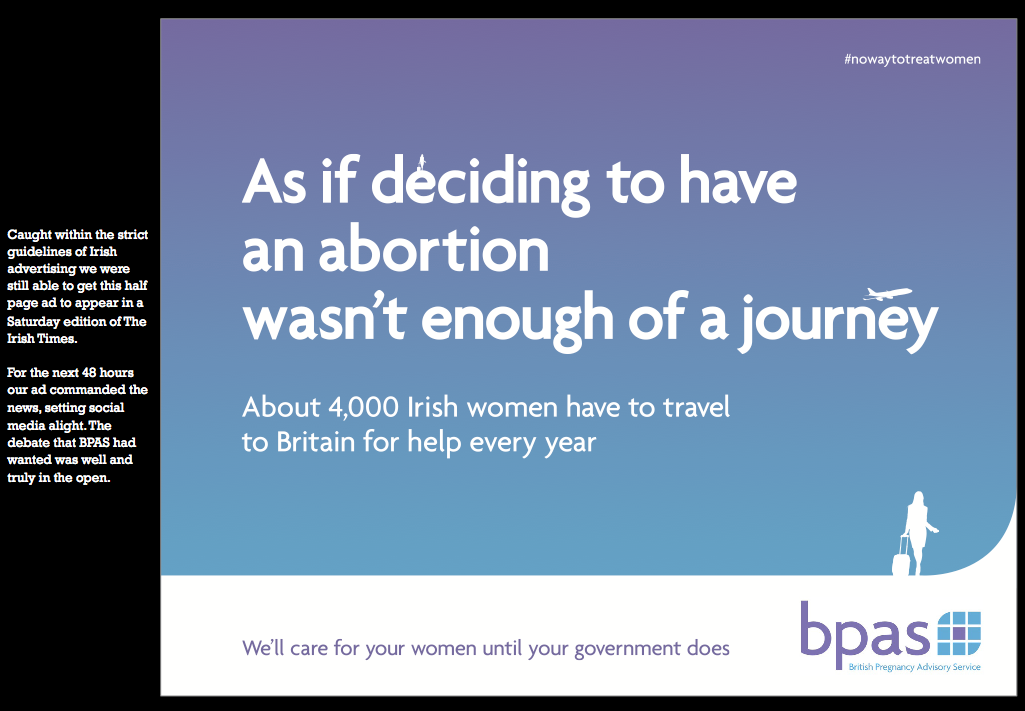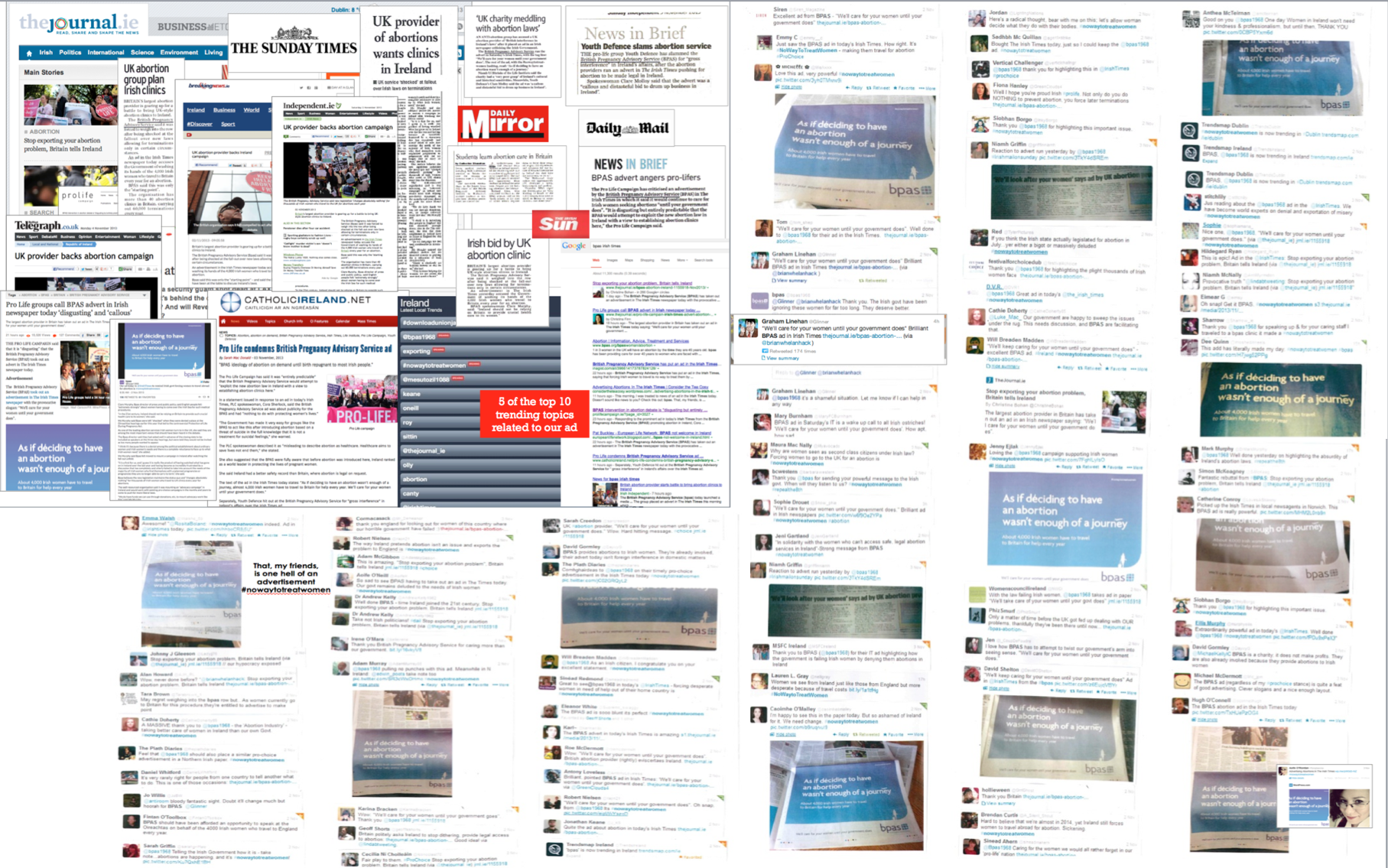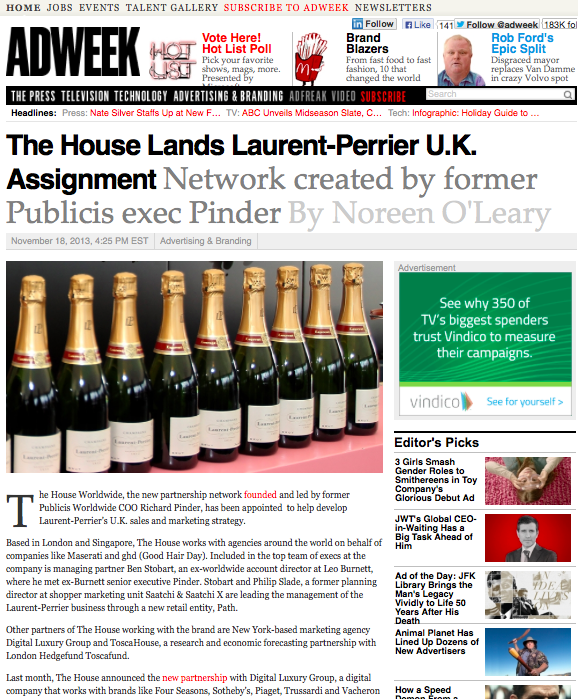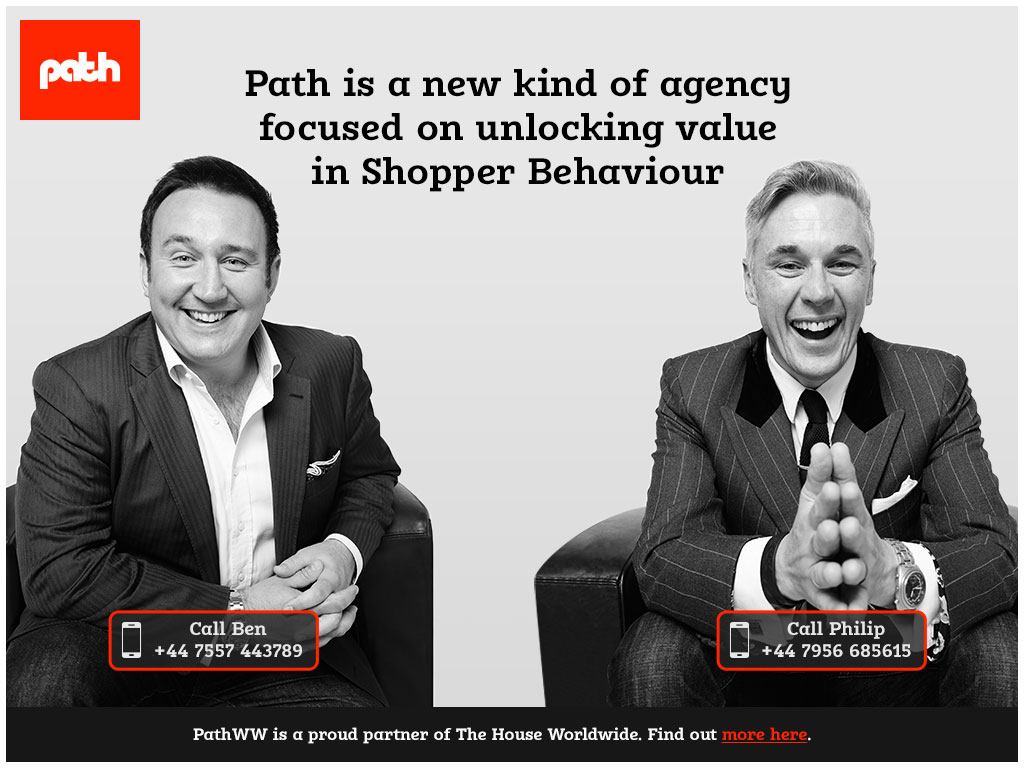Trend forecasters tell us that society’s attitudes to alcohol have changed[1]. Drinking occasions are adapting to new norms of living, from Generation Rent to the cult of the body. What hasn’t changed is the tabloids’ delight in reminding us that ‘booze Britain’ is far from gone.
So has our approach to advertising alcohol changed? Not really, and in light of increased health awareness we seem to be subconsciously fuelling guilt within the moderate drinker[2].
Put simply, I think a new culturally relevant approach to advertising alcohol[3] is needed. Recently Heineken did launch a global campaign focused on the plus side of moderate drinking; it’s just a shame it was wrapped up in the traditional sexism of booze ads, something social media was quick to jump on:
Is it a generational thing? The popular view of Gen Z abstinence is summed up in a quote from a recent research study: ‘..we have to stay sober to sort the mess you’ve left the world in..’ [4] while Millennials have proved themselves to consider alcohol only a part of their intoxication options[5], Boomers are still the heart of the passive alcoholism trend amongst the middle classes[6]. But appearances can be deceptive. I think there are really interesting opportunities in the manner and nature of these changing relationships with alcohol. Recently The Drum[7] reported we are potentially entering ‘a golden age for booze brands’. However this will only happen if brands are prepared for the challenge of stepping away from the conventions of the category. I think we are at a moment with huge potential for a new approach to alcohol advertising. One that is bold, relevant and legal.
Debate continues for appropriate legislation regarding the promotion and consumption of alcohol. The fact that experts still can’t agree whether the 1920 Prohibition act in the US was a success or a failure[8] highlights another key issue of marketing drink. Academic findings have significant implications for legislation, and therefore the happiness of a population. This means that political expedience, rather than common sense[9], dominates the field of study into our relationship with drink despite non-problematic drinking of alcohol being seen as normal in both statistical and sociological terms[10].
Many studies into the effects of alcohol and anti-social behaviour[11] have settled on the same conclusion. Cultural and social isolation are a cause, alcohol simply enables the timid to action.
This is clear right now in the Lincolnshire town of Boston, where a perfect storm of events sees the current Government struggling with welfare reforms, zero hour contracts and migration. The net result is the creation of the most divided town in the UK. This in turn has fuelled a debate and veritable tabloid frenzy surrounding local alcohol promotion and prohibition.
A major study last year[12] published the results of advertising’s impact on four decades of category sales in the US. A key finding was regarding advertising versus warnings on consumption levels. The authors closed the report stating that ‘advertising restrictions or bans with the purpose of reducing consumption may not have the desired effect’.
Indeed, while debating the new 2015 alcohol guidelines in the UK the department of health noted that ‘while guidelines might have limited influence on behaviour, they could be influential as a basis for government policies’ [13] .
The new guidelines that have emerged in the UK do not correspond to any other country in world and are, as the Financial Times said, ‘inherently contradictory’.
Again this points to an opportunity to reframe and refocus conversation about alcohol especially if it comes from the people who actually make the stuff.
It can be no coincidence that nations with a strong tradition of temperance entirely dominate the field of alcohol studies[14]. These studies are normally focused on problems with a minority rather than addressing the normality of drinking amongst the majority. Within the UK this has turned into something of a mini industry, funded in part by the various sides of the debate on Britain’s high taxation on the sale and manufacture of drink.
But hasn’t café culture and craft beer introduced a more reflective, responsible drinking culture to the UK? In reality, outside of London craft beer still only accounts for about 10% of sales. However, what I find interesting about the crossover of artisan culture into mainstream brewing is that no one can actually decide what craft beer actually is. At a recent industry roundtable[15] representatives from three of the leading players, Meantime (SABMiller) Camden Town (AB InBev) and Brewdog tried to define what craft ale was. Scale, production and independence were all discussed. But none agreed on. I presume the consumer is even less sure what they are buying when offered ‘craft’ ales.
Considering the desire amongst consumers for greater transparency in the descriptions of foodstuffs, the confusing issue of ‘Craft Ale’ needs to be fixed fast.
Interestingly AB InBev’s flagship brand Budweiser at this year’s Superbowl ran a follow up 60” film to last year’s ad the artisan-knocking ‘Made the hard way’. This year’s was a much more pointed attack on craft ale, glorying in big corporate American with the hash tag #NotBackingDown. Social media got in a froth by this with many craft brewers adopting the hash tag as their own product truth of what a craft beer stood for.
As mentioned before we are seeing genuine shifts in traditional relationships with drink[16]. An interesting landmark was that last year marked the end of ‘The Loaded Years’ with the closure of all of the main lads’ mag’ titles. So is this really generation sober? No, far from it. It’s just happening in a different way. One aspect of change is a key part of pub folklore, the underage drinker.
For generations comedians have mined the social discomfort of a teenager’s first foray into a licensed establishment. We are now saying goodbye to this very British right of passage[17].
Many things contribute to this, from the re-design of pubs to the increasing awareness of the health consequences of drink[18][19] and simple affordability, plus more bars implementing ‘challenge 25’. All this means for Gen Z buying a pint in a traditional pub is a lot of hassle compared with how easy it is to source other forms of intoxication. Whether simple laughing gas or online sales of ‘legal’ highs[20].
Then there is the uniquely negative aspect of drinking this generation has acquired. It’s not just that they grew up with their uncool parents getting drunk at home[21], but under age drinking itself is no longer seen as in anyway rebellious.
Central thought is that the marketing of booze has not kept pace with societies’ dualist tendencies. This is very much the case in the UK. Despite centuries’ old traditions of the desire to get twatted, we have now entered a period of reflection on the role drink plays in our lives. If we keep marketing drink using current conventions, we will fuel guilt in consumers.
There is a basic human need for communal activity that alcohol plays a part in. But legislation and moral crusaders have molded a set of conventions for bland advertising. I see an opportunity for a new kind of story that addresses the change in knowledge and understanding that most of the population now demonstrates.
So join me in raising a glass to a new culturally relevant approach to advertising alcohol.
[1] Beyond the binge in ‘Booze Britain’ School of Social Policy, Sociology and Social Research, University of Kent.
[2] Guilt in Moderation Dr Curtis Ellison, professor of Medicine and Public Health at Boston University and co-director of The International Scientific Forum on Alcohol Research
[3] How evidence-based are alcohol policies across the UK? N Fitzgerald Uni Stirling & C Angus Uni Sheffield Nov 2015
[4] Fiona Measham. Professor of Criminology at Durham University 2015
[5] The UK consumed an average of 9.4 ltrs of alcohol per adult (15+) in 2014 down 19% from the 2004 peak and 10% lower than 2000. Portman Group + WSTA 2015
[6] Professor Jose Iparraguirre English Longitudinal Survey of Ageing. BMJ Open. July 2015
[7] The Drum 10/10/2015‘Alcohol trends, A potential marketing manifesto for brands’
[8] Alcohol prohibition as a public health innovation. US National Library of Medicine
[9] Paul Roman in 1991 “Alcohol studies must be liberated from justifying our existence in the political arena. Accepting the primacy of the social-problem significance of a phenomenon directs research primarily toward the political-problem issues rather than toward good quality science.”
[10] Social and Cultural Aspects of Drinking The Social Issues Research Centre OXFORD for the European Commission
[11] Southern Europeans drink more often but at less volume, with a far lower rate of binge drinking. In France, “le binge drinking” only officially entered the lexicon as ‘beuverie expres’s in 2013 The Guardian Feb 2015
[12] Gary B. Wilcox, Eun Yeon Kang & Lindsay A. Chilek (2015) Beer, wine, or spirits? Advertising's impact on four decades of category sales, International Journal of Advertising
[13] Health Spectator ‘The great alcohol cover up’ 10 Feb 2016
[14] The Cognitive and Behavioural Impact of Alcohol Promoting and Alcohol Warning Advertisements: 2015
[15] ‘Clash of the Titans’ Pub 2016 Seminar. Olympia London
[16] Trendreports.com/research/alcohol-marketing-trend-report 2015
[17] The proportion of young people in England (11-15 year olds) that have tried alcohol fell from 59% in 2000 to 39% in 2013. Portman Group
[18] Trendreports.com/Drinking-Trend-Report
[19] Contagious.io/articles/inebriated-erotica ‘The Sexometer’
[20] www.PlantFeedShop.com et al
[21] 16-24 Yr Olds in the UK do not consider alcohol to be important to their social lives (66%); and many of those who do drink believe that alcohol is more important to their parents’ social lives than to their own (41%).













